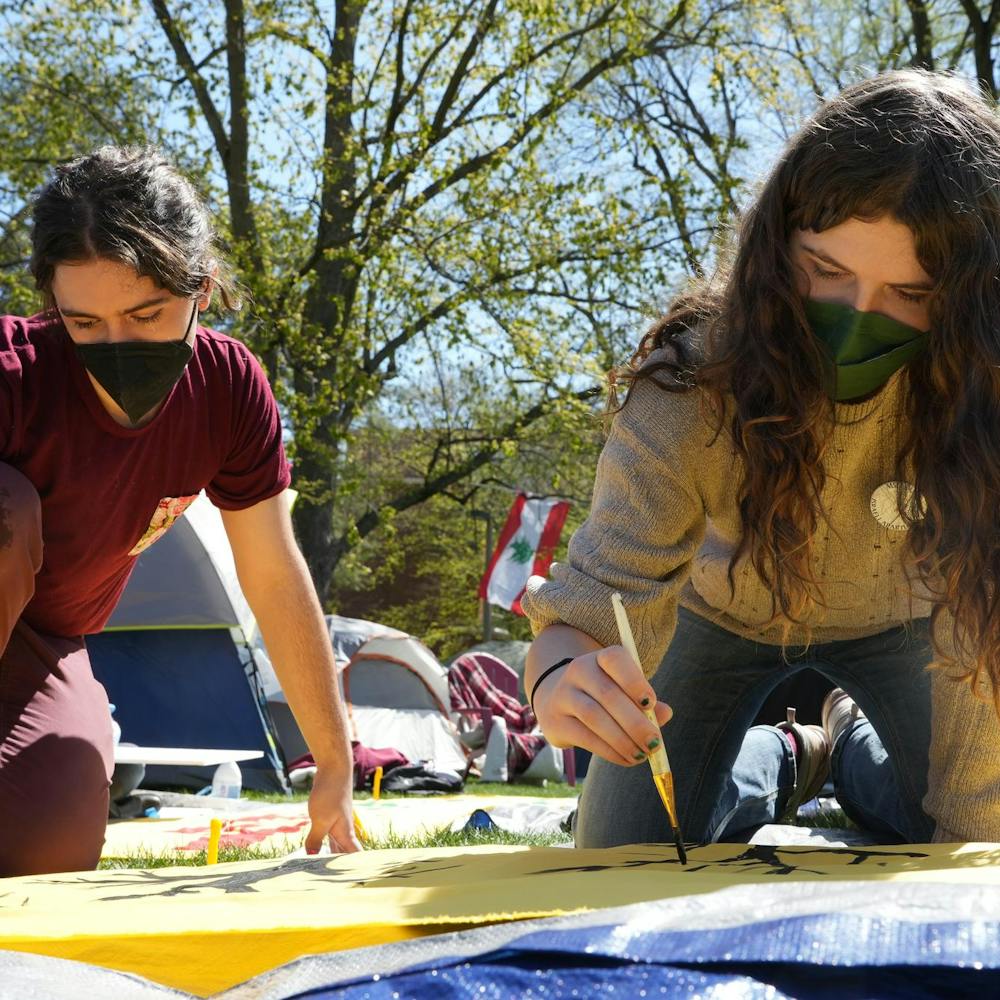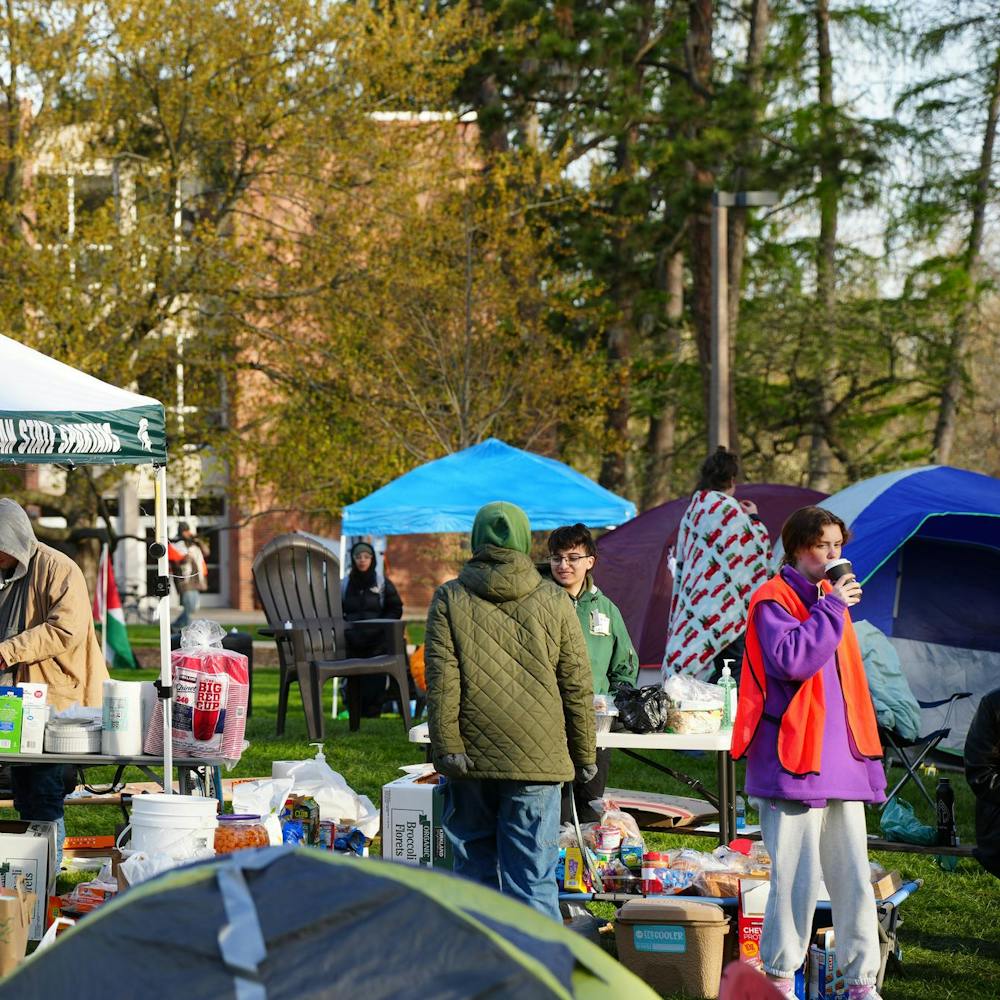Deaf students might be able to attend lectures needing nothing but their notebooks and pencils, with the help of new voice-activated software.
The Liberated Learning Project, a computerized transcribing system created in Canada, is being tested in Nova Scotia, Australia and at Stanford University in California. Researchers don’t know when it will be available to the public.
The project uses voice-activated software that converts a speaker’s lecture into large-print words that are flashed onto a screen or monitor.
The lecture is saved as a text file, which the instructor can edit for accuracy and errors, and make available on the Internet.
The file also can be quickly translated into Braille for the visually impaired.
“This project fits nicely into a model I’d like to see,” said Mike Hudson, director of MSU’s Resource Center for Persons with Disabilities. “The more information we can get into electronic versions, the quicker we can get them available to all people, including people with or without disabilities.”
Students without disabilities have reported getting a lot of use out of the program, too. Being able to double-check their notes against the real-time display and later online makes the lectures more interesting, some say.
“The student response has been really quite positive,” said Joan Bisagno, director of the Disability Resource Center at Stanford University.
But some people are somewhat skeptical of how effective the project could be.
“In theory it’s ideal, but one three-hour lecture can produce at least a hundred pages of notes and it is verbatim,” said Marta Belsky, deaf/hard of hearing specialist at the Resource Center for Persons with Disabilities. “The captionist will type everything including um, etc. Students who use real-time also have note-takers and they often find that the notes are easier to read and cover the important parts of the class lecture.”
At MSU, hearing-impaired students have access to American Sign Language and oral interpreters. In the mid-1990s, real-time captioning was introduced for some lectures.
There also are court reporters hired by MSU’s resource center to take notes in real-time, which students say is the closest translation of the class.
But the court reporters cost $28,000-$35,000 each per year, depending on the semesters they work and if they work during the summer.
And they’re also becoming scarce. A program at Lansing Community College to train court reporters was suspended last year because of budget concerns.
“The difficulty we face is the availability of real-time captioners,” Hudson said. “(The Liberated Learning Project) is timely technology.”






